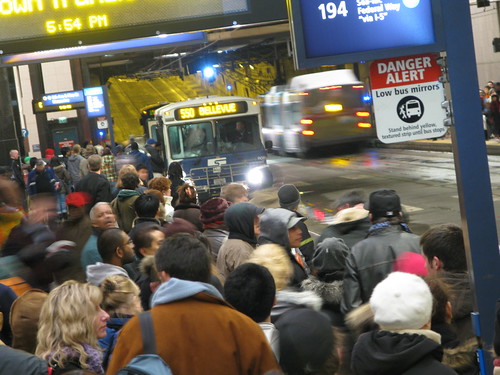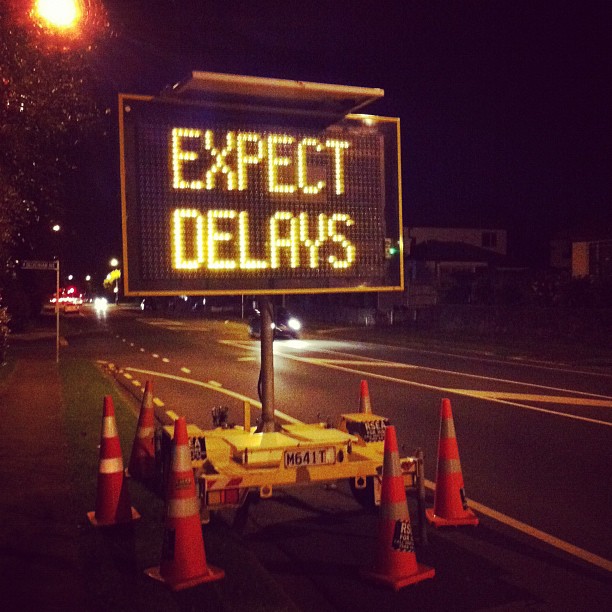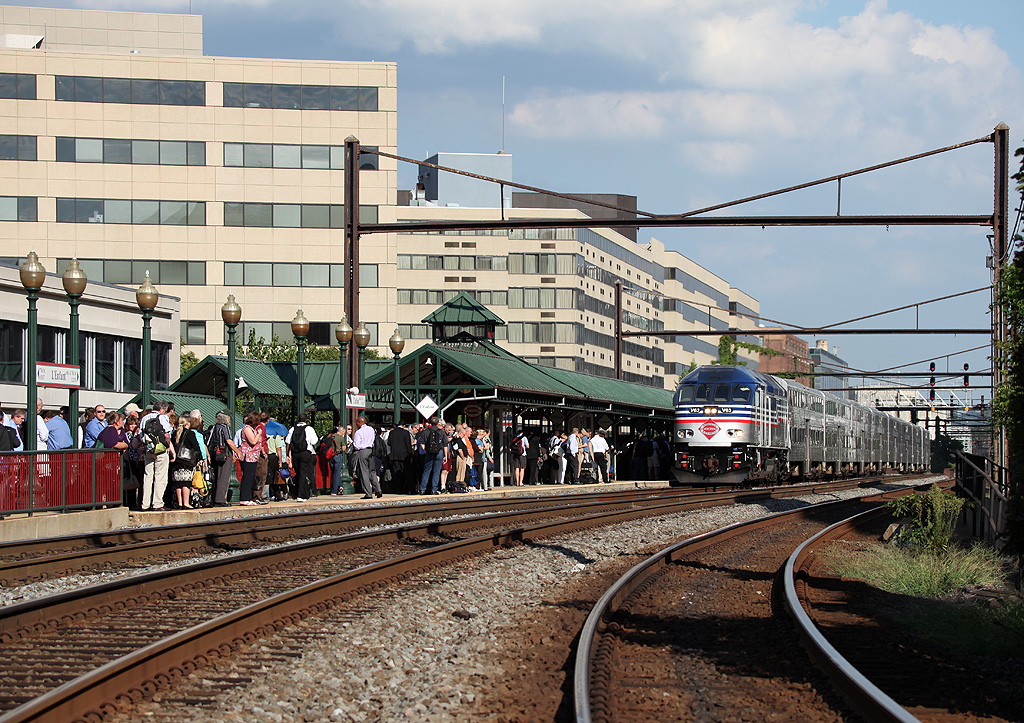County residents should therefore vote “No” on Question D in this election, and then work to craft a more sensible proposal for at-large representatives that can be voted on in 2018.
Question D (CB-40-2016) would amend the county charter to create two new at-large council positions and increase the overall size of the council from nine to eleven members. It would also allow current and future district-based council members who would otherwise be term-limited to be elected to two additional consecutive four-year terms as an at-large representative. In other words, a single person would be allowed to serve for a grand total of 16 consecutive years on the council.
Whatever one feels about the propriety of having at-large representation on the council, there are enough red flags surrounding Question D to give anyone who knows anything about Prince George’s politics ample reason not to support it.
Low Public Engagement and High Public Opposition
First, like far too many pieces of consequential and controversial legislation, the county council rushed this ballot initiative through the process with hardly any public engagement. There were no town hall forums held, no informational brochures mailed, and no opportunity for true collaboration with civic and community associations as to whether and how to include additional at-large members on the council.
Second, at the one public hearing that the council did have on the bill, nearly every ordinary citizen and civic leader who spoke expressed significant opposition to the bill. One of the only civic leaders to speak in favor of the bill was Dr. Douglas Edwards, a longtime resident of the county and current president of a local civic group. Yet, Dr. Edwards—who was not speaking on behalf of his civic group—failed to mention two affiliations that might color his favorable testimony: he is currently (1) the chairperson of the political action committee that is advocating for the passage of this ballot measure and (2) the chairperson of a local nonprofit that receives nearly all of its revenue from the county and from which he earns an annual salary in excess of $73,000.
Self-Serving Politicians’ Full-Employment Act
Third, it is clear from the text of the proposed charter amendment that the council members had themselves, not the public interest, in mind when they crafted Question D. Why else would they feel the need to specify that the two-term-limit provision that currently appears in the county charter wouldn’t apply to incumbent district-based council members who want to extend their tour of duty on the council to 16 years? The Washington Post rightly panned this measure as a “job-protection program—for Prince George’s County Council members.”
Worse still, the council is trying to mislead the public by suggesting in a FAQ that Question D will not change the current two-term limit provision in the county charter.
Just two years ago, voters rejected another council-proposed ballot measure that would have amended the county charter to allow council members to serve a maximum of three terms instead of two. Why would the council believe there is now public support for a maximum of four terms?
Funded Almost Exclusively By Developers
Fourth, like the failed ballot measure in 2014, this year’s Question D is being funded almost exclusively by developer interests. Dr. Edwards’ PAC, the “Committee for Recharge At-Large,” recently reported a total of $35,000 in contributions, all but $500 of which are from major real estate developers in Prince George’s County.
Those developer contributions were used to fund a misleading “2016 Democratic Sample Ballot” mailer—complete with the Democratic Party donkey logo—which suggests that loyal Democrats should vote in favor of Question D. In fact, the Prince George’s County Democratic Central Committee expressly declined to endorse Question D.
Million-Dollar Boondoggle
Finally, county officials have determined that the addition of two additional council members and staff would increase the county’s budget by $1.14 million each year. While this may seem like a relatively inconsequential amount to some, keep in mind that in 2015, the council convened a “blue ribbon commission” to address Prince George’s County’s projected structural budget deficits. According to that commission’s preliminary report, the County will already have an annual budget shortfall of between $65 and $250 million beginning in Fiscal Year 2017. Do we really need to add to that looming deficit by creating two additional seats on the county council?
A More Sensible Approach
Last year, I suggested that restructuring the current nine-member county council to include four at-large representatives and five district representatives was a good idea. I still believe that. That is the structure that the Montgomery County Council currently has, and it has worked well there.
Several of the citizens who spoke at the public hearing on Question D also stated that they could support the inclusion of at-large council members if they could be accommodated in a revenue-neutral manner, within the existing nine-member framework. District 1 council member Mary Lehman, who voted against authorizing Question D, also would have favored this approach.
Rather than settling for Question D, Prince George’s residents should instead work to craft a new ballot measure for the 2018 general election that incorporates at-large council members within the existing nine-member framework. If that measure passes, county residents and candidates would have plenty of time to adjust to the new structure, since the next council election would not occur until 2022.
For now, though, the choice is clear: Vote No on Question D.
























